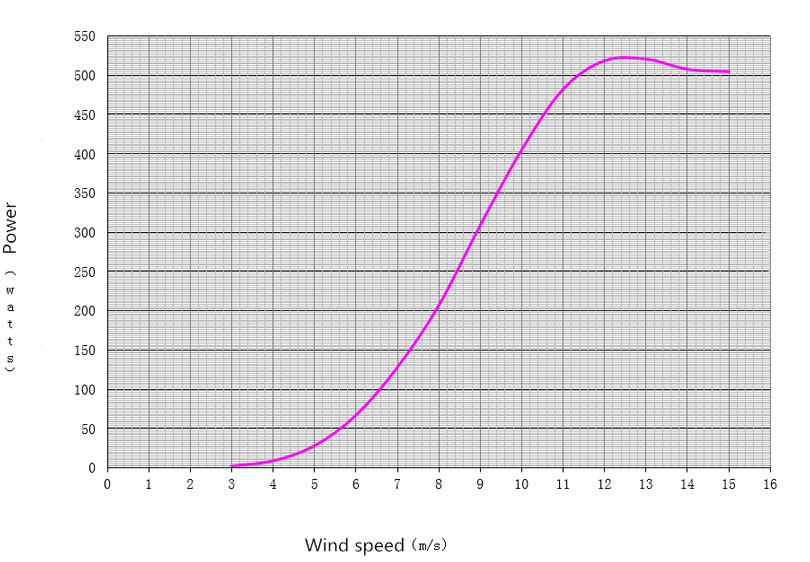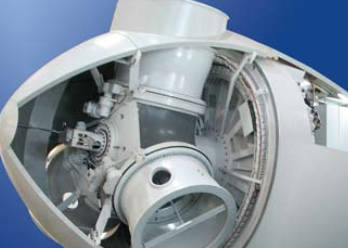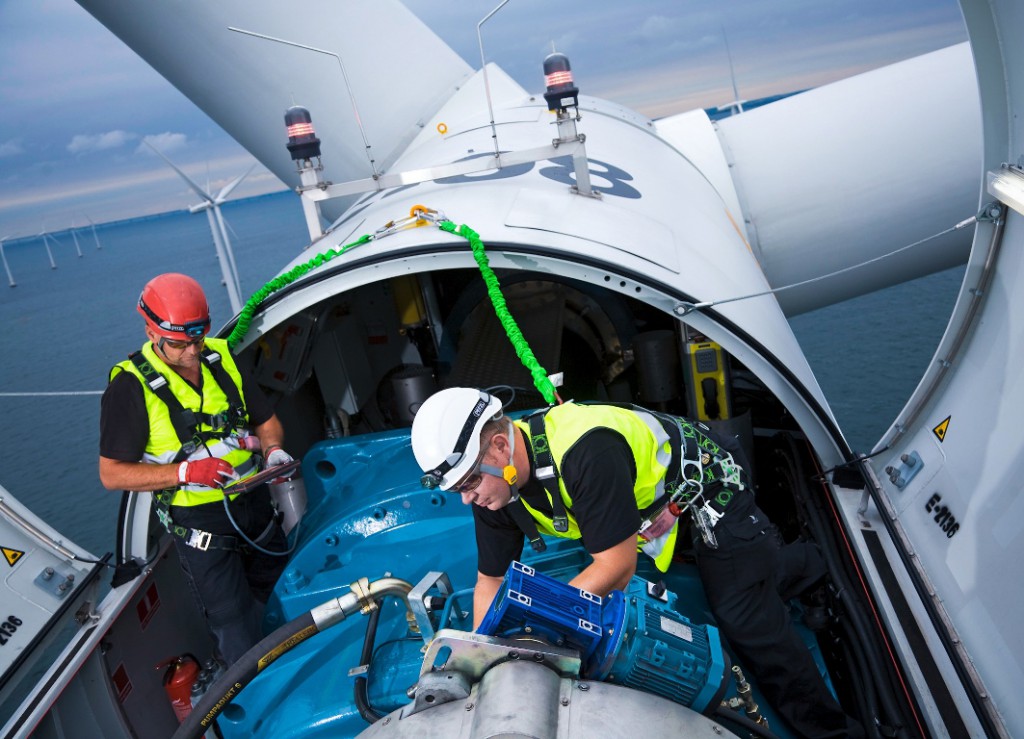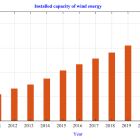Home » Horizontal Axis Wind Turbine » 500W 12V/24V/48V Horizontal Axis Wind Turbine
500W 12V/24V/48V Horizontal Axis Wind Turbine
This cost-effective horizontal axis home wind turbine generator is available for sale, rated at 500 watts. With its advanced design, the horizontal axis wind turbine provides high power output while minimising noise and vibration.
 Basic Specification:
Basic Specification:
Click to buy a 500W horizontal axis wind turbine for your home!
500W Wind Turbine Power Curve
 Tips: Why are the blades of a wind turbine so small?
Tips: Why are the blades of a wind turbine so small?
The shape of the fan blade is carefully designed to achieve maximum output efficiency at minimum cost.
The design scheme of wind turbine is mainly determined by the aerodynamic demand, but the economic demand is to design the blade shape with reasonable construction cost. Moreover, the thickness of the blade increases gradually from the tip to the root, because the root has to bear the maximum load.
Major structural considerations include:
 Basic Specification:
Basic Specification:Model: ATO-WT-500M2
Matched Controller Model: ATO-WTCMPPT-500
Rated Power: 500W
Maximum Power: 510W
Rated Voltage: 12V/24V/48V
Start Up Wind Speed: 2.5 m/s
Rated Wind Speed: 11 m/s
Survival Wind Speed: 45 m/s
Wheel Diameter: 1.75m
Click to buy a 500W horizontal axis wind turbine for your home!
500W Wind Turbine Power Curve

The shape of the fan blade is carefully designed to achieve maximum output efficiency at minimum cost.
The design scheme of wind turbine is mainly determined by the aerodynamic demand, but the economic demand is to design the blade shape with reasonable construction cost. Moreover, the thickness of the blade increases gradually from the tip to the root, because the root has to bear the maximum load.
Major structural considerations include:
- The length of the blade affects the swept area and determines the wind catching ability. According to Betz's rule, only about half of the wind is actually captured by wind turbines.
- The aerodynamic shape of the blade can be clearly seen from the cross-section of the blade. It is important to ensure that the airflow does not move too slowly through the blade, causing turbulence, and does not pass too fast, causing energy waste.
- Section thickness increases gradually from the tip to the root of the blade thickness to bear greater load and bending moment. If the load is not very important, in general the ratio of thickness to length is 10-15%. The flat part near the root of the blade helps to improve the efficiency of wind capture.
- The torsional design of the blade allows for an increase in rotation speed with an increase in blade length. This, in turn, allows for a continuous change in windward angle as the blade extends. To maintain an optimal angle of attack in the windward area of the blade, it is necessary to design the blade in a torsional form.
- The number and speed of blades are typically set at a ratio of 7 to 10 times the wind speed. As the rotation speed increases, the number of blades also rises. This necessitates a reduction in blade size, which presents challenges in ensuring sufficient strength. However, at high speeds, the air catching efficiency of the blade also declines, increasing its vulnerability to environmental erosion and bird impact.
Post a Comment:
You may also like:

Featured Articles
Overvoltage Protection for Wind ...
 Due to their principle of operation, wind turbines have to be set up outdoors and are used in a wide range of ...
Due to their principle of operation, wind turbines have to be set up outdoors and are used in a wide range of ...
 Due to their principle of operation, wind turbines have to be set up outdoors and are used in a wide range of ...
Due to their principle of operation, wind turbines have to be set up outdoors and are used in a wide range of ...Wind Farm Siting, Installation and ...
 Before wind turbines can be installed, the most appropriate location or locations for them needs to be determined. The ...
Before wind turbines can be installed, the most appropriate location or locations for them needs to be determined. The ...
 Before wind turbines can be installed, the most appropriate location or locations for them needs to be determined. The ...
Before wind turbines can be installed, the most appropriate location or locations for them needs to be determined. The ...Is Wind Energy Practical for Me?
 Can I use wind energy to power my home? More people across the country are asking this question as they look for a hedge ...
Can I use wind energy to power my home? More people across the country are asking this question as they look for a hedge ...
 Can I use wind energy to power my home? More people across the country are asking this question as they look for a hedge ...
Can I use wind energy to power my home? More people across the country are asking this question as they look for a hedge ...How do Wind Turbines Work?
 Wind turbines generate electrical power in the same way as all other generation technologies. The only difference is in the ...
Wind turbines generate electrical power in the same way as all other generation technologies. The only difference is in the ...
 Wind turbines generate electrical power in the same way as all other generation technologies. The only difference is in the ...
Wind turbines generate electrical power in the same way as all other generation technologies. The only difference is in the ...What is the Wind Energy Conversion ...
 Due to technical and economic visibility, wind power has emerged as one of the most promising renewable energy sources ...
Due to technical and economic visibility, wind power has emerged as one of the most promising renewable energy sources ...
 Due to technical and economic visibility, wind power has emerged as one of the most promising renewable energy sources ...
Due to technical and economic visibility, wind power has emerged as one of the most promising renewable energy sources ...